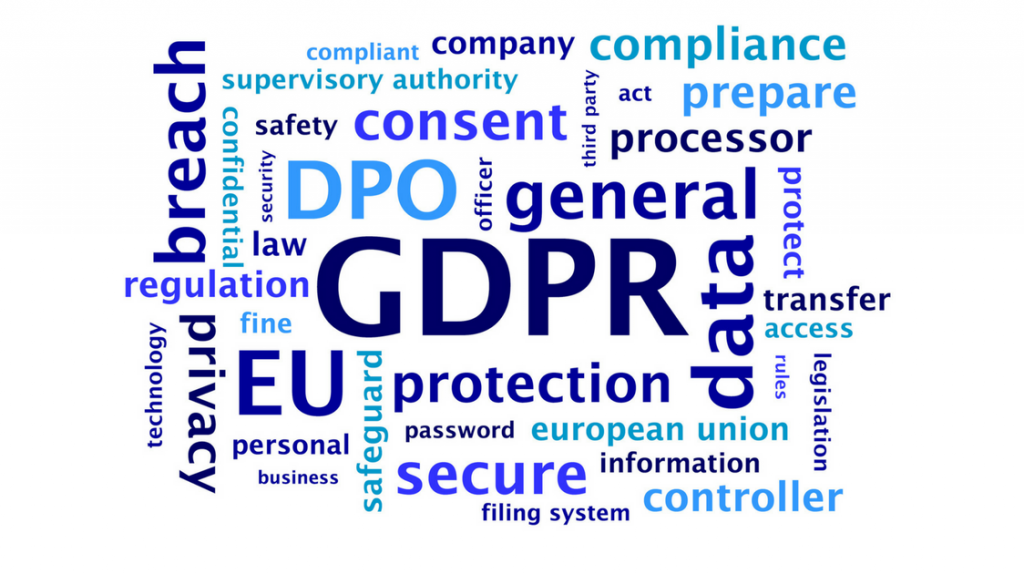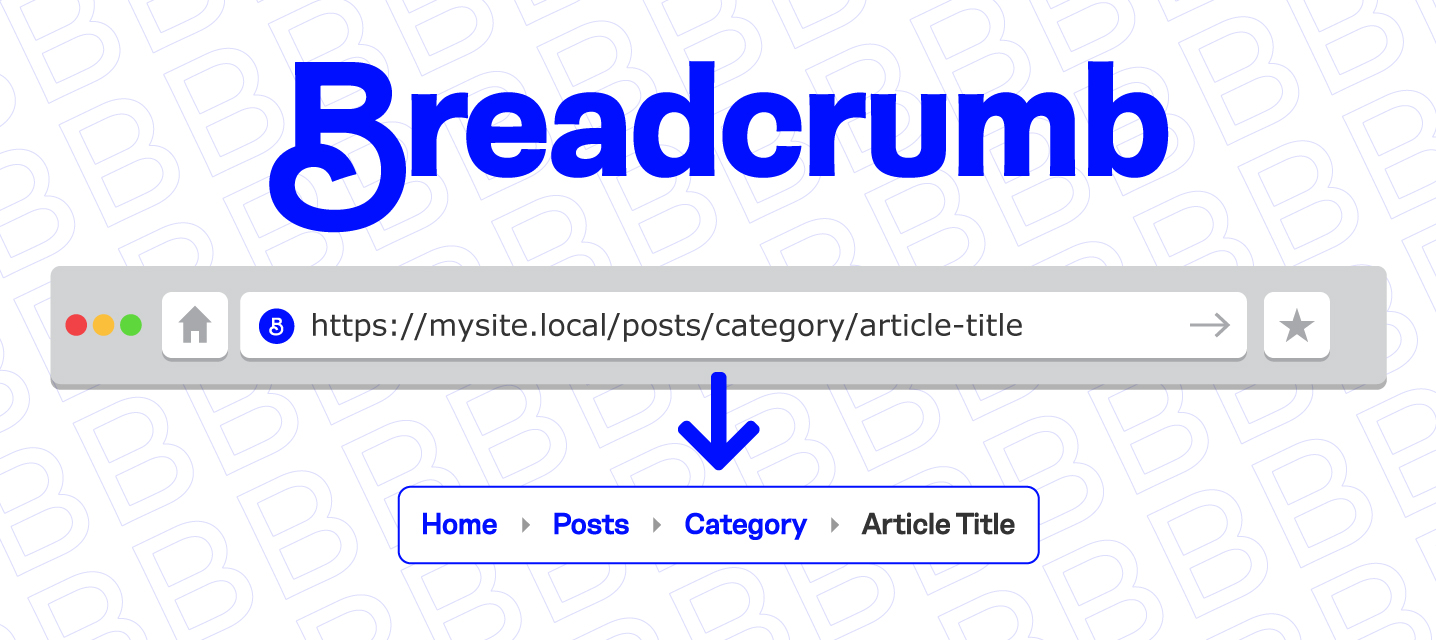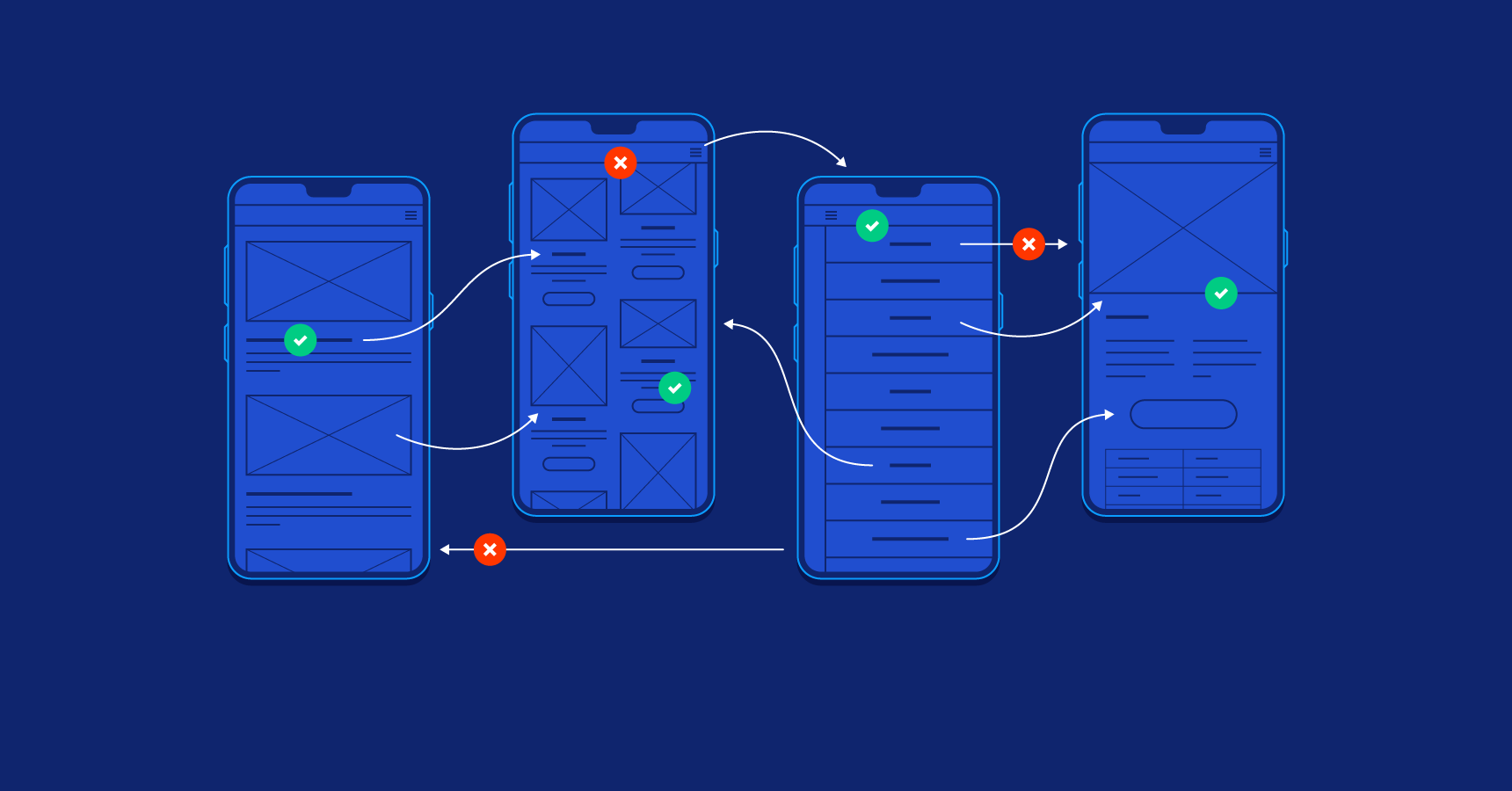What is "Tor"?

In today’s digital world, where online privacy is increasingly under threat, tools like Tor have become essential for anyone who wants to maintain anonymity and secure their online activities. Tor, which stands for "The Onion Router," is a network and software designed to protect users' privacy by hiding their location and online activities from surveillance and tracking. This article will explore how Tor works, why it is important, and how you can use it to enhance your digital privacy.
What is Tor?
Tor is a free, open-source software that allows users to browse the internet anonymously. It was initially developed by the U.S. Naval Research Laboratory to protect government communications, but today it is used by millions of people worldwide to enhance privacy and security. Tor achieves anonymity through a unique process known as "onion routing," which involves encrypting data multiple times and routing it through a network of volunteer-operated servers, known as nodes or relays.
How Does Tor Work?
Tor operates on the principle of "onion routing," which involves several layers of encryption:
Routing Through Multiple Nodes: When a user sends a request through Tor, the data is encrypted multiple times and routed through a series of nodes, also called relays. Each relay only knows about the previous and next nodes in the route, but not the entire path, which helps ensure that no single point in the network can trace both the origin and the destination of the data.
Layered Encryption: The data is encrypted in multiple layers, similar to layers of an onion. Each node in the Tor network decrypts one layer of encryption before passing the data to the next node. The final node, known as the exit node, removes the last layer of encryption and sends the data to its destination on the open internet.
IP Address Masking: Tor masks the user’s real IP address. Instead of showing the user’s actual IP, it displays the IP address of the exit node, making it difficult to trace the user's location or identify them.
Why Use Tor?
Anonymity and Privacy: Tor helps users stay anonymous by concealing their IP address and encrypting their traffic. This is especially useful for journalists, activists, whistleblowers, and others who need to protect their identity while communicating or browsing the internet.
Protection Against Surveillance: Tor provides protection against online surveillance by preventing ISPs, government agencies, and other entities from monitoring your online activities. It is especially valuable in countries with strict censorship and surveillance laws.
Bypassing Censorship and Accessing Restricted Content: Tor allows users to bypass internet censorship and access content that might be blocked or restricted in their country. It enables access to websites and services that are otherwise unavailable due to government censorship, geo-restrictions, or corporate blocks.
Security for Sensitive Communications: Tor can be used to protect sensitive communications, such as confidential emails or messages, from being intercepted by hackers or other malicious actors.
How to Use Tor Safely
Download and Install Tor Browser: The easiest way to use Tor is by downloading the Tor Browser, which is based on Mozilla Firefox. It is pre-configured to connect to the Tor network and provides several built-in privacy and security features. You can download the Tor Browser from the official Tor Project website.
Configure Tor for Your Needs: After installing the Tor Browser, you can adjust its security settings to suit your needs. For example, you can increase the security level to disable JavaScript and other potentially dangerous content, though this may limit the functionality of some websites.
Avoid Logging into Personal Accounts: To maintain anonymity, avoid logging into personal accounts (such as Google, Facebook, or your bank) while using Tor, as this could reveal your identity and compromise your privacy.
Be Aware of Exit Node Risks: The exit node is the last relay in the Tor network that decrypts and sends your traffic to its final destination. While the traffic is encrypted within the Tor network, it is not encrypted once it leaves the exit node. Be cautious when transmitting sensitive information over Tor and consider using additional encryption tools, such as HTTPS or end-to-end encrypted messaging apps.
Regularly Update Tor Browser: Keep your Tor Browser updated to ensure you have the latest security patches and features.
Limitations of Tor
Slower Internet Speeds: Because Tor routes your data through multiple relays, it can significantly slow down your internet connection. This is the trade-off for the enhanced privacy and security it provides.
Blocked by Some Websites: Some websites block traffic from known Tor exit nodes, making it difficult to access certain services. However, this can sometimes be circumvented by using bridges — specialized Tor relays that help users bypass these blocks.
Vulnerability to Advanced Attacks: While Tor offers robust privacy protection, it is not completely invulnerable to advanced attacks. State actors and well-resourced attackers may still be able to deanonymize users under certain conditions, especially if they control multiple nodes in the Tor network.
Not a Complete Solution: Tor protects your anonymity but does not make you entirely invisible. For example, if you log into a personal account, your identity can still be linked to your activities. It's essential to combine Tor with other security practices for comprehensive privacy.
Tor is a powerful tool for maintaining privacy and security online. By encrypting traffic and routing it through a network of volunteer-operated nodes, Tor helps protect users from surveillance, censorship, and data interception. However, it is not a magic bullet; users should be aware of its limitations and use it in conjunction with other privacy practices. Whether you are a journalist, an activist, or just someone who values online privacy, Tor can be an invaluable resource in your digital toolkit.


















































